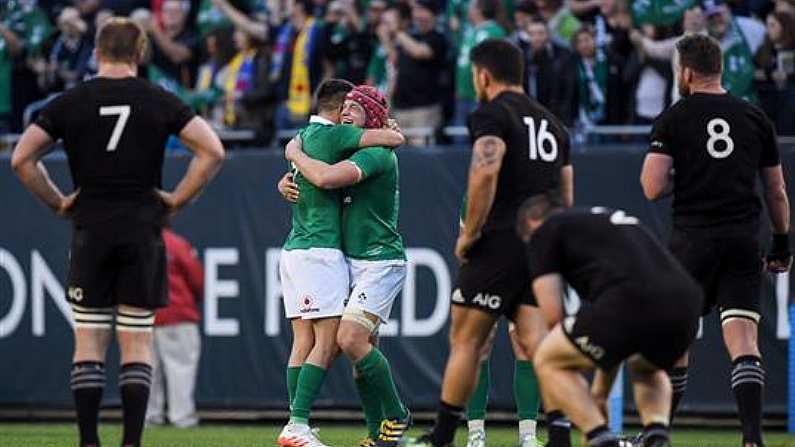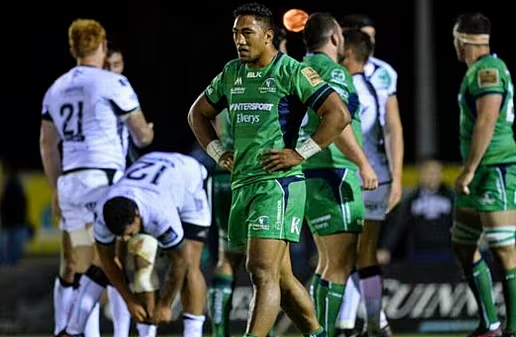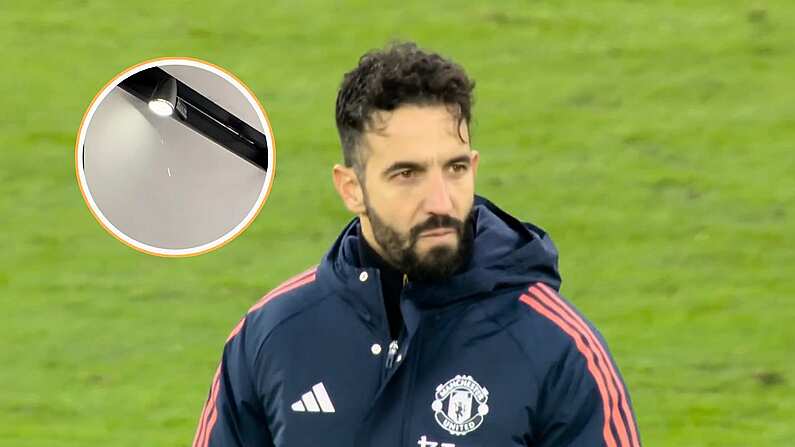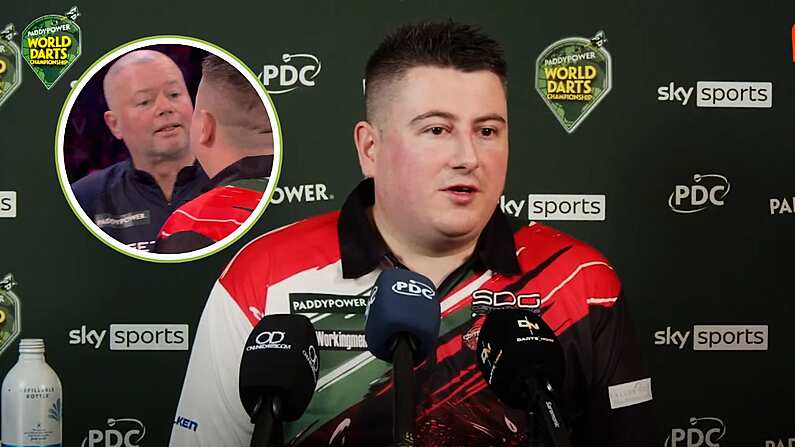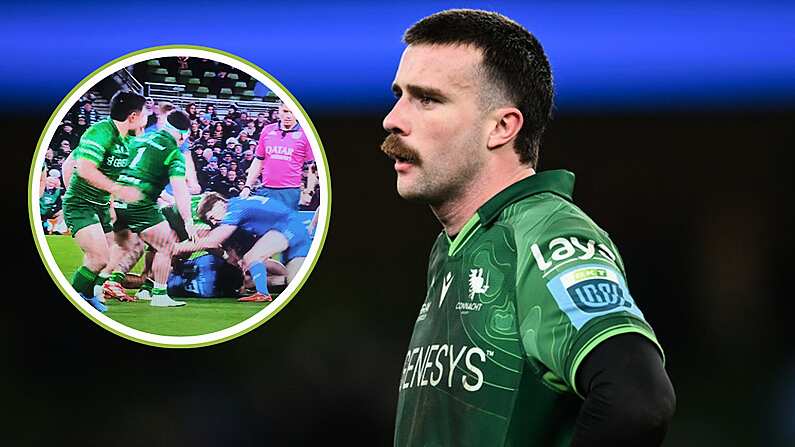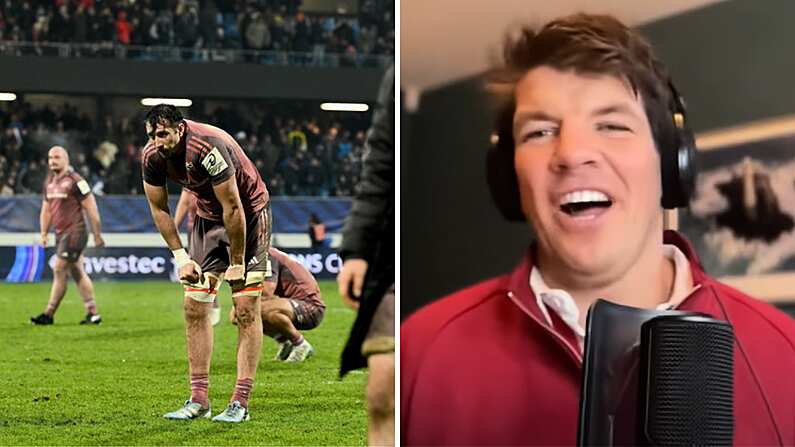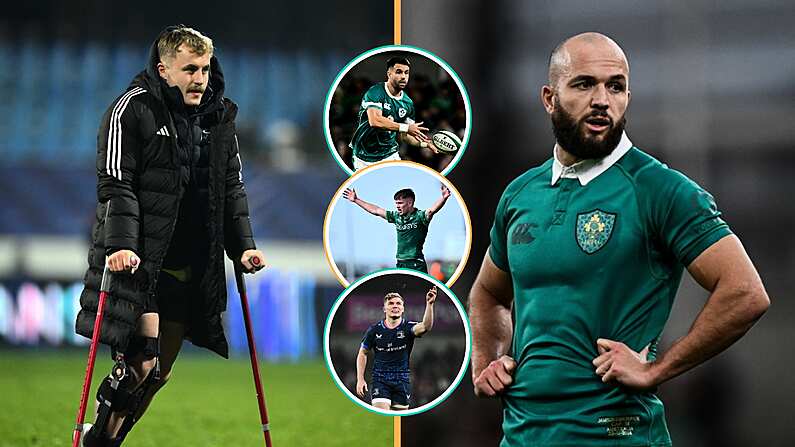We look at what Joe Schmidt will take away from the November series and what he might have learned going into 2017 and the Six Nations campaign.
Three wins from four; a historic first ever win over New Zealand – after 111 years of trying; and a Tri-Nations Grand Slam completion with victory over Australia has made 2016 a stand out year for Irish rugby, with the bulk of the success coming in the last four weeks.
As attention turns back to the provinces for the next two months, before Ireland regroup to launch their charge for a third Six Nations title in four seasons, a number of issues have come to the fore as key points of focus for Joe Schmidt as we look ahead to the opening weekend of the Six Nations and the clash with Scotland at Murrayfield on 4 February.
Centre, wing and fullback is up for debate over the Christmas period
There can be no doubting that Schmidt is a man that values experience and consistency and he will give his regular starters every chance to continue their roles in his side. This applies to Jared Payne, Andrew Trimble and Rob Kearney especially. Kearney has been under fire in many quarters as lacking the firepower to damage opposition defences and create line breaks or beat defenders. He disproved that theory with a towering display at 15 against the All Blacks in Chicago, but was not quite as effective in the reverse fixture in Dublin. The question facing Schmidt over the winter is whether he sticks with the man he knows and trusts or does he flip things around. The most obvious change is to move Payne to fullback; it accommodates two centres proper from a long list including: Robbie Henshaw, Garry Ringrose, Stuart Olding, Luke Marshall and eventually Bundee Aki when he becomes available next October.
Ringrose provided everything Ireland need from a 13 against the Wallabies: pace, vision and solidity in defence. Looking towards the 2019 World Cup he is the best placed man to take on that role. Add in Payne and Kearney’s ages of 31 and 30 respectively – and is it time to ensure the Henshaw and Ringrose partnership starts together from February 2017 to give them potentially three full Six Nations before the RWC.
Sean O'Brien still starts when fit - or nearly fit
The back row is bristling with options. There can be no doubt that Jamie Heaslip and CJ Stander are nailed on for the time being at No 8 and blindside flanker. And Sean O’Brien, despite having played just four games of rugby in 2016, is the best player in the pack when fit. If he is fit he starts is Schmidt’s mantra; or even if he is nearly fit he starts.
Beyond that there is the question of Josh van der Flier versus Peter O’Mahony. The Munster-hardened will back O’Mahony to start every day of the week, but it does appear as though Van der Flier is now the fourth in the overall back-row pecking order.
Ireland’s similarity to New Zealand
Writing for BBC Sport, former England centre Jeremy Guscott highlighted Ireland as the team of the autumn internationals. He likened them to New Zealand, playing a simple game based on “intensity” and “few mistakes”. He’s correct in his assessment. In the Australia match there was so little between the teams in terms of much of the attack aspects of the game: 22 defenders beaten to 21, and 13 offloads to ten. Where Ireland excelled – as they did against New Zealand – was in the basics: they won 101 rucks to Australia’s 75; 15 lineouts to Australia’s nine; and conceded three penalties to Australia’s 13. That penalty counted proved all the difference, with one Jackson kick at goal the only difference on the scoreboard.
Ireland do not try to reinvent the wheel in attack, instead they suck up opposition pressure, and when they have their time on the ball they grind their way up the pitch and strike efficiently. It's wonderful to watch and this November marked Ireland out as the best counter-attacking side in Test rugby at the present time.
The value of change seen in all its glory
Ireland were not going to improve based on mere repetition of what they had done in 2013/14 and 2014/15 and the changes in personnel and adoption of a tactic more based on running the ball has begun to pay off. Three of the four World Cup semi-finalists in 2015 play this game: New Zealand, Australia and Argentina; the fourth, South Africa, have avoided doing so based on their ability to bully teams around the pitch using their size. However, even the Boks are now coming unstuck using this tactic, the defeat to Italy in Florence clearly showed their limitations and their need to expand and play more, free-flowing rugby; when they beat Ireland in the summer they did throw the ball around and took risks and it paid off with two Test victories back-to-back.
The clamour was for Schmidt to open his hand and expand what Ireland do out of hand. He has done so; although it is clear that job is not yet done. Leinster, in their time under Schmidt's stewardship, were full of this trickery as they bamboozled defences We’ve yet to see this tactical leadership from Schmidt for Ireland, but we may yet, especially if he includes the flair players of Ringrose and Zebo in his XV come February. There was much back-slapping last October when Ireland went out of the World Cup at the quarter-final, as the anti-rugby brigade rejoiced in yet another glorious failure for the perceived exclusionist Irish rugby society. There is every chance if Ireland can continue this form they will achieve the goal they disastrously failed to achieve last year.
On current form the Six Nations cannot come quick enough for this Ireland team.

